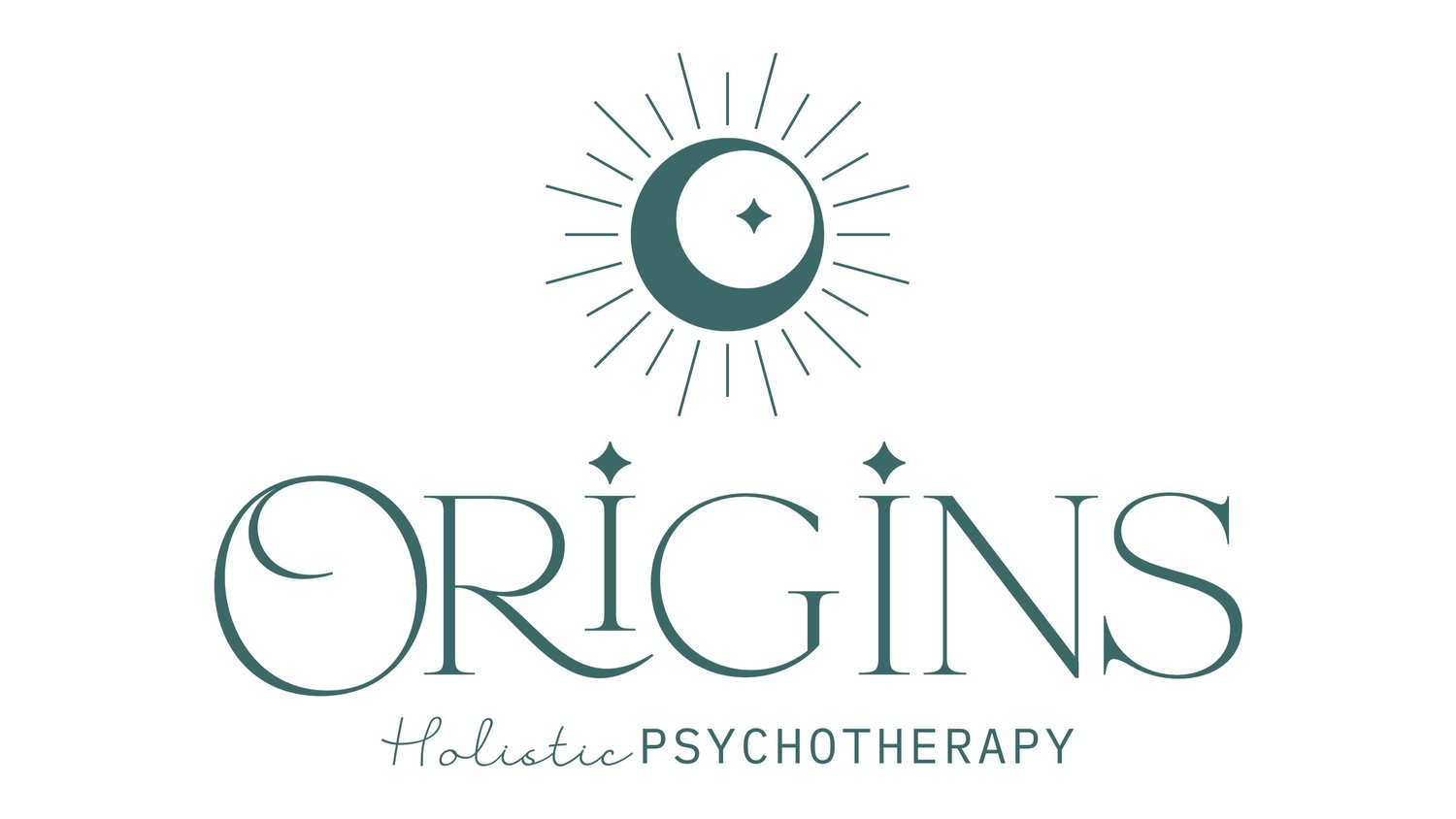Chronic Pain Support
Pain is inevitable and all living things experience it at some point in their life. Pain is not the enemy you imagine it to be, but rather a messenger sharing extremely important information for your mind and spirit to understand. Pain keeps you alive! In fact, if you didn’t experience pain, you may not know if something is seriously wrong. The negative voice attributed to pain often brings about feelings of anxiety, worry, or fear. The sensation of pain is a feeling you want to build a healthy relationship around and not to avoid, even if every part of you wants to run in the other direction.
You can’t escape what exists inside of you. This means that when you are feeling pain, the body you embrace is the only body you have to deal with whatever sensations arise. You simply can’t escape yourself.
In this blog, I’ll share some supportive techniques and strategies to help calm your pain, and will encourage you to take care of your body with loving kindness.
Pain originates from the dorsal anterior cingulate cortex, the brain center that houses somatic (physical) or social (relational) experiences and feelings. Pain is surprisingly felt in the brain, and not on the actual body part that hurts. Our brain controls all functions of pain, including the loud message of where we actually hurt. This means pain is not solely on the body; it is deeply connected and intertwined with the mind.
A helpful supportive practice for pain relief is mindfulness. Mindfulness practices can support your experience of pain and can create transparency around emotions (how you feel about the pain) and thoughts (what happened, what was challenging, worries about the future) around your pain story. If you can decrease the effects of the pain narrative, you can in turn diminish the level of pain experienced (Wolfe, C., 2021). When you experience chronic pain, it’s almost impossible to convince yourself it will ever go away. Wolfe (2021) describes feeling stuck in your pain, as the same experience as being “stuck” with the color of your eyes. Chronic pain often feels like an outsider taking up permanent residence in your body that you can’t escape and almost as if you are completely glued to your experience for an eternity. You may start to believe that the only thing you are, is the pain itself, and you may begin to know yourself as someone who is ruled by this unfortunate circumstance forever.
In the experience of pain, how you speak to yourself matters. Instead of saying “I’m in pain” or “I hate my pain”, practice more mindful words such as, “in this moment, I have pain”. Gently separate yourself from the pain you’re experiencing through defusion techniques (techniques to put space between the thought or sensation you have, and yourself), which give your pain less power. You may offer yourself this statement for mindful relief: “is that part of you that is aware of the pain, also experiencing pain?” Practicing defusion and mindfulness can help you distance yourself from the current pain you may be facing.
Pain also has two parts. The story of the future and of the past. The future story brings about the anticipation of the immediate future, and poses thoughts such as “how will I move through my day” or “what might happen if the pain doesn’t go away or gets worse”. The story of the past includes thoughts surrounding how the pain developed over time, what could have been done differently, or if it could have been avoided at all?
Wolfe (2021) further explains a comprehensive equation to help you better understand why you may often feel so helpless or hopeless when it comes to sensations of chronic pain:
“Current physical painful sensations + pain story of the past + pain story of the future = overwhelm”
Carrying a pain narrative all the time is like a huge weight hanging from your shoulders, that can never be released or put down. No wonder your body feels alone and tired if it assumes nothing will ever change! One of the most important things you can begin to do for your body is to release the emotional weight of your pain through awareness and invite in a new relationship between you and the sensations you feel.
Pain can be extremely challenging to live with, but it doesn’t have to blacken your whole world. Through healthy daily habits such as meditation, mindfulness, healthy foods, exercise, sunshine, energy practices, massage, acupuncture, Reiki, physical therapy, or optional medication, pain can be managed. Your perspective of pain changes the way discomfort feels in your body.
Remember, chronic pain speaks to you and usually shares an emotional struggle or past injury, for the reason your pain exists in the first place. Remind yourself daily, that your body loves you. It would never intentionally betray you or cause you trouble. It is your job to love your body, to nourish it, to take good care of it. It’s the only one you have in this lifetime and it needs you just as much as you need it! Don’t give up on yourself. There is support out there to help you move through difficult times. Reach out to your local mental health therapist, pain management doctor, or chiropractor for additional guidance with pain management.
*Wolfe, C. M.D., Ph.D. (2021). Outsmart Your Pain. The Experiment, NY, New York.


